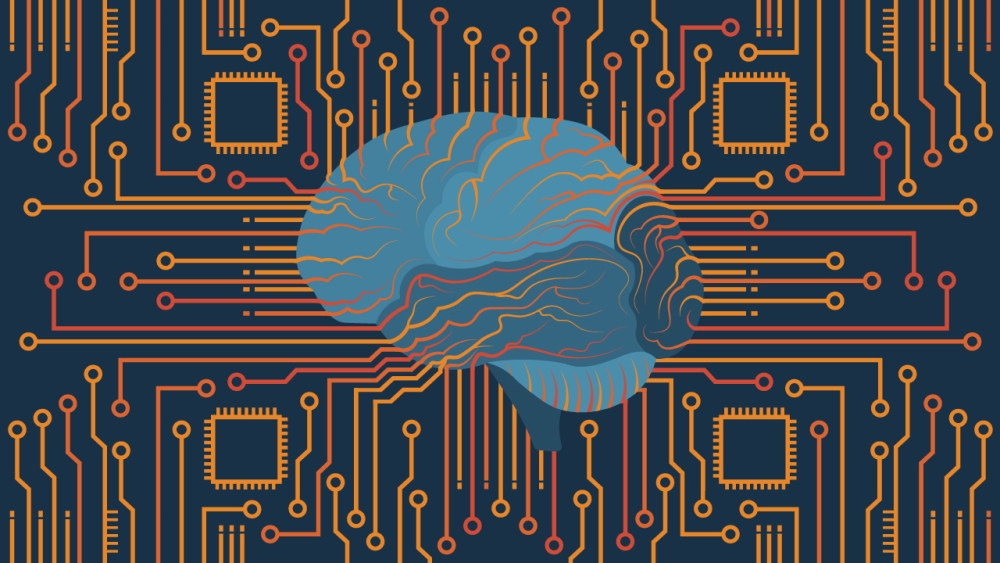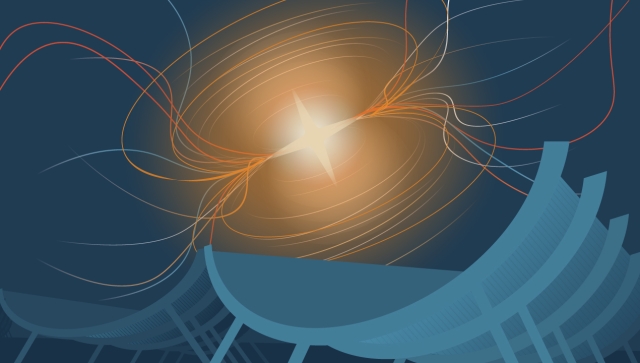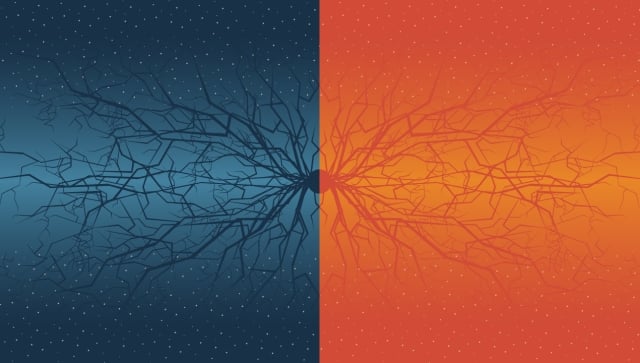
Machine learning in quantum matter
In 2016, condensed matter physicists at Perimeter Institute began to explore the rapidly advancing field of machine learning. This was motivated by the discovery of an unexpected but striking overlap between a problem in machine learning and one in quantum matter.
In machine learning, the “curse of dimensionality” refers to a phenomenon where certain tasks, like image recognition, become exponentially more difficult as the number of pixels increases. In quantum matter research, meanwhile, an increase in the number of electrons or qubits in a quantum material or device similarly caused an exponential increase in quantum state space.
These initial investigations triggered a sea change in the field of computational condensed matter and quantum information. Physicists soon realized that machine learning offers both a powerful set of tools and new theoretical concepts relevant to many related disciplines.
The team at Perimeter, including associate faculty Roger Melko, postdoctoral researcher Juan Felipe Carrasquilla, graduate student Giacomo Torlai, and Distinguished Visiting Research Chair Juan Ignacio Cirac, developed a powerful method that used neural networks to reconstruct the wave function underlying a quantum computer, using data produced by measuring individual qubits. This technique has conceptually unified the data-driven strengths of machine learning with the measurement problem of quantum physics. This is extremely valuable for the characterization and validation of experimental quantum devices.
The research culminated in the recent integration of a neural network with a Rydberg atom quantum computer at Harvard University. The successful coupling of machine learning technology to real quantum hardware is an exciting demonstration of the coming hybridization of artificial intelligence and quantum computing.
J. Carrasquilla and R. G. Melko, “Machine learning phases of matter,” Nature Physics 13, 431 (2017), arXiv:1605.01735.;
G. Torlai, G. Mazzola, J. Carrasquilla, M. Troyer, R.G. Melko, G. Carleo, “Many-body quantum state tomography with neural networks,” Nature Physics 14, 447 (2018), arXiv:1703.05334.;
R. G. Melko, G. Carleo, J. Carrasquilla, J. I. Cirac, “Restricted Boltzmann machines in quantum physics,” Nature Physics 15, 887 (2019).;
G. Torlai et. al., “Integrating Neural Networks with a Quantum Simulator for State Reconstruction,” Phys. Rev. Lett. 123, 230504 (2019), arXiv:1904.08441.

Many-body localization
Every undergraduate statistical mechanics textbook assumes that systems of many interacting particles flow to thermal equilibrium if left unperturbed. This process, called thermalization, erases the memory of the initial conditions of the particles, and allows for the familiar macroscopic phenomena of thermodynamics to emerge. However, the mathematical process of time evolution of a quantum mechanical system is reversible, which means that the information about the initial conditions is always preserved.
Recently, researchers have discovered that certain macroscopic quantum systems with strong disorder can resist thermalization. Even over relatively longer periods of time, these “many-body localized” (MBL) systems retain a memory of their initial conditions, and the familiar concept of thermodynamics does not emerge.
The situation has an analogy in classical physics, where a specific type of system (known as an integrable system) does not allow for the existence of chaotic orbits as you would expect; instead, particles have quasi-periodic orbits that repeat (just as MBL systems resist thermalization).
This analogy suggests a deep connection between MBL and integrability, however, the complex quantum situations where the MBL phenomenon is observed hold no obvious integrable properties.
This paradox was resolved by Perimeter faculty member Dmitry Abanin and collaborators, including postdoctoral researcher Zlatko Papić. They discovered a new concept, emergent integrability, that revealed the existence of an extensive set of local integrals of motion in the MBL phase.
Discovering the mechanism behind the absence of thermalization gave significant insight into the structure of MBL states and has led to a rich field of further study. MBL phases are now known to be platforms for many types of novel and exotic quantum materials, including the recently discovered “time crystals,” quantum materials that endlessly tick like a clock back-and-forth between two states without expending any energy.
M. Serbyn, Z. Papić, D. Abanin, “Local conservation laws and the structure of the many-body localized states,” Physical Review Letters 111, 127201 (2013).;
J. Zhang et al., “Observation of a Discrete Time Crystal,” Nature 543, 217 (2017); arXiv:1609.08684.

The ‘fuzzy sphere’ technique for probing conformal field theories
Understanding the processes behind phase transitions is a key research thrust in modern condensed matter physics. Phase transitions are believed to share a special kind of symmetry known as conformal symmetry, where, at the critical point of the transition, the system looks the same at large and small scales, and angles are preserved even as distances change.
The most famous model of phase transitions, the Ising model, has been proven to have conformal symmetry in two dimensions, but proving that conjecture has been much more challenging in three dimensions.
In 2023, Perimeter faculty Yin-Chen He, along with postdoctoral researcher Emilie Huffman and their collaborators, discovered a new way to work with the 3D Ising model to approach this problem more effectively. Previous techniques used a grid-like lattice to calculate the critical exponents that characterize the transition. This approach is limited – akin to trying to wrap a piece of grid paper around a tennis ball. The new technique, informally dubbed the ‘fuzzy sphere,’ swaps out a grid-like lattice and instead maps the space with non-commutative coordinates. Like a quantum version of geometry, these ‘fuzzy’ coordinates do not have a defined location. They work similarly to the uncertainty principle, in which position and momentum cannot both be known – learning more about one reduces knowledge about the other. These non-commuting coordinates provided a powerful new tool for studying phase transitions.
The fuzzy sphere technique lets researchers simulate phase transitions with orders of magnitude fewer data points, using less computing power and giving accurate results (as well as certain results that weren’t even possible with a traditional lattice-grid).
The technique is a significant leap forward in the study of phases in quantum matter and may have uses for the regularization of quantum field theories in other areas of physics. The fundamental implications of this brand-new method are still unfolding.
Wei Zhu, Chao Han, Emilie Huffman, Johannes S. Hofmann, and Yin-Chen He, “Uncovering Conformal Symmetry in the 3D Ising Transition: State-Operator Correspondence from a Quantum Fuzzy Sphere Regularization,” Phys. Rev. X 13 (2023) 021009.
More Turning Points:

Cosmology

Mathematical Physics

Particle Physics

Quantum Foundations

Quantum Fields and Strings

Quantum Gravity

Quantum Information

Quantum Matter

